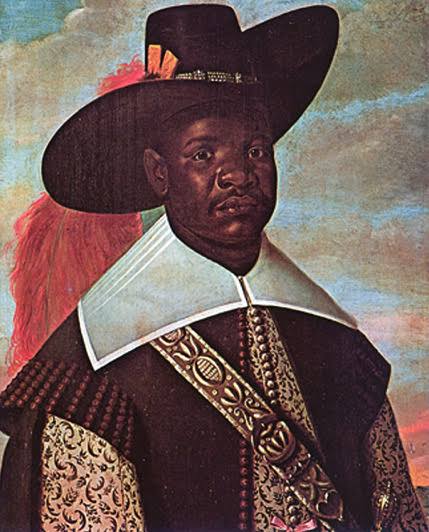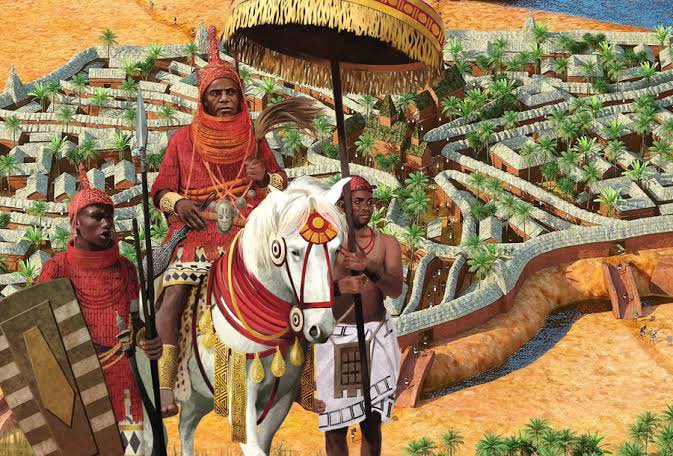Ancient African Civilization🧘🏽♂️
___
Before the 16th Century A.D the Kongolese textiles were well distinguished crafts, the peoples living in eastern Kongo and nearby regions manufactured quality damasks, sarcenets, satins, taffeta, cloth of tissue and velvet.



___
Before the 16th Century A.D the Kongolese textiles were well distinguished crafts, the peoples living in eastern Kongo and nearby regions manufactured quality damasks, sarcenets, satins, taffeta, cloth of tissue and velvet.




The designs were in different styles.
Professor DeGraft-Johnson made a curious observation that: “Their brocades, both high and low, and were far more valuable than the Italians in quality.”



Professor DeGraft-Johnson made a curious observation that: “Their brocades, both high and low, and were far more valuable than the Italians in quality.”




The Kongo Kingdom is found in present day Northern Angola, Western part of Democratic republic of Congo, Republic of Congo and Southernmost part of Gabon, it was a sovereign kingdom from 1390-1859 with it's Capital in Mbanza-Kongo now Sao Salvador in Angola. 







The Clothing and textiles of this kingdom with the surrounding kingdoms were mainly made by the women and was exported into other Kingdoms in exchange for cowries and later the Manilla Currency.
https://twitter.com/Joe__Bassey/status/1296492239187836929?s=19
To know more about ancient African civilization and history check my likes and follow me to see my future post. 

• • •
Missing some Tweet in this thread? You can try to
force a refresh






























